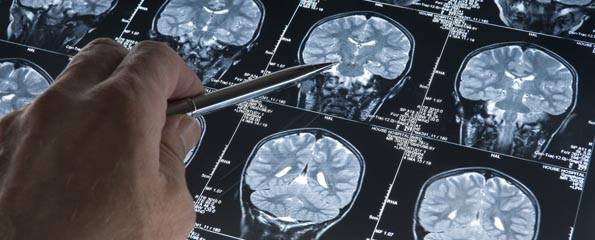Reducing tumour growth and spread of advanced neuroblastoma
In a world-first discovery, researchers at Children’s Cancer Institute Australia (CCIA) have found a potential new way to reduce neuroblastoma tumour growth and metastasis.
The findings, which have been published in Oncogene, may lead to the development of more targeted treatments for neuroblastoma and potentially save the lives of more children with cancer.
Neuroblastoma is the most common cancer in infancy, accounting for 6-10 per cent of all childhood cancers and 15 per cent of all paediatric cancer deaths in Australia.
Neuroblastoma is often highly metastatic, which means that cancer cells can spread from the primary tumour site to other organs. Metastatic disease is difficult to cure and is a major cause of death for neuroblastoma patients.
“We already knew that a protein, called stathmin, is abundant in neuroblastoma cells, but we didn’t properly understand the role it played,” says Professor Maria Kavallaris, Program Head of Tumour Biology and Targeting at CCIA.
“In our research we posed the question: if we take stathmin away, will it diminish neuroblastoma metastasis? Our early data has found that by ‘switching off’ the protein, it significantly reduces the spread of neuroblastoma by 71 per cent.”
The team of CCIA researchers focused their work around lung metastasis, which can be found in some of the most advanced cases of neuroblastoma. Although this is early research, Professor Kavallaris is optimistic the discovery will lead to better treatments and ultimately, improved survival rates for children with metastatic disease.
“Our study has provided the first direct evidence that suppressing stathmin expression in neuroblastoma influences cell signaling and reduces metastasis,” says Professor Kavallaris.
“It’s still not clearly understood why neuroblastoma is so aggressive and can spread so rapidly. Our aim is to build upon this initial data and develop a new targeted therapy to combat this.
“We are very excited by the findings and we are now exploring stathmin as a potential therapeutic target for of neuroblastoma,” Professor Kavallaris concludes.
(Source: Children’s Cancer Institute Australia: Oncogene)
More information
 | For more information on cancer, including breast, prostate, kidney and stomach cancer, see Cancer: Overview. |
Dates
Tags
Created by:

 Login
Login














